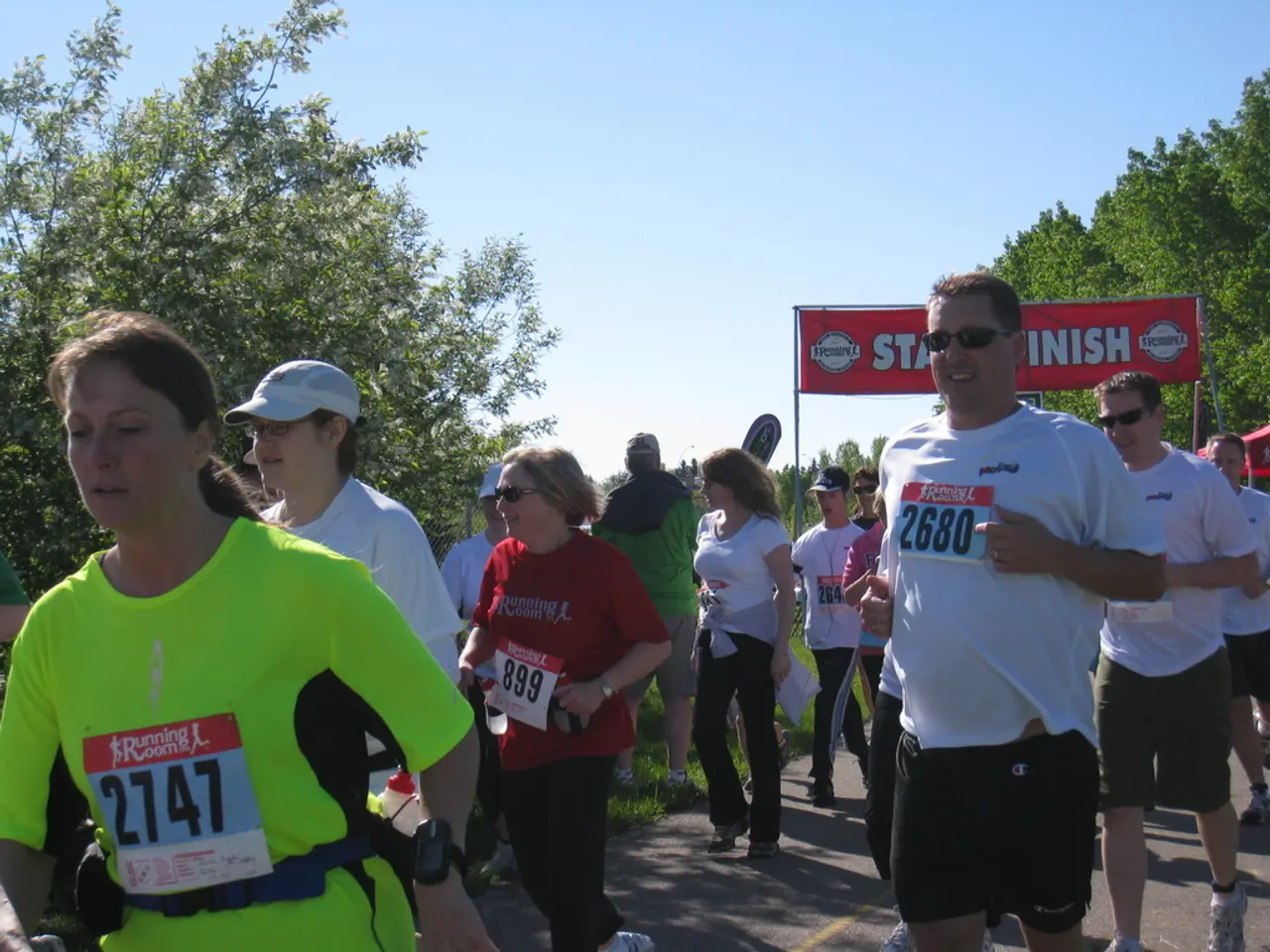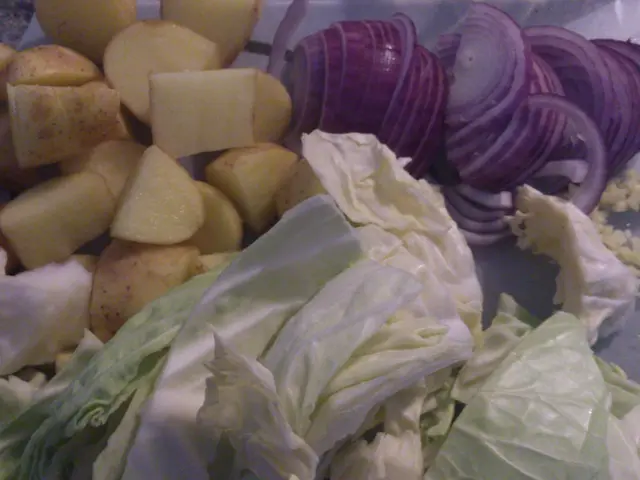Time Frame for Developing Endurance in Running: Detailed Insights
Running stamina, the ability to cover longer distances without excessive fatigue, is a coveted skill for many runners. This article explores the factors that impact the timeline for developing running stamina and offers practical tips for a successful journey.
## Typical Timeline for Building Running Stamina
The timeline for building running stamina varies, but noticeable improvements can be seen within weeks to months of consistent training. For beginners, it might take several months to a year to build stamina for longer distances like half-marathons. More experienced runners can refine their stamina over shorter periods by adjusting their training intensity and volume.
## Factors Impacting the Timeline
### 1. Fitness Level - Beginners should start with shorter distances and gradually increase the length and frequency of runs. A typical beginner might see improvements in stamina within 3-6 months. - Intermediate runners, who already run regularly, can adapt their training to focus on speed, endurance, and recovery, often achieving significant improvements within weeks to months.
### 2. Training Consistency - Consistency is key. A consistent routine that includes a mix of long runs, speed work, and recovery runs can significantly enhance stamina. - Training with a coach or team can also speed up progress by providing structured plans and support.
### 3. Nutrition - Proper nutrition is crucial for energy levels and recovery. A balanced diet rich in carbohydrates, protein, and healthy fats supports endurance and stamina development. - Hydration is also vital; maintaining proper fluid intake helps runners perform at a higher intensity and recover faster.
### Additional Factors
- **Age**: Younger runners typically experience faster improvements due to better recovery and higher physiological capacity. - **Injury Propensity**: Frequent injuries can significantly slow progress, so prioritizing injury prevention through proper training and recovery techniques is important. - **Progressive Overload**: Gradually increasing training intensity or volume can lead to faster improvements in stamina.
## Preventing Burnout and Staying Motivated
To prevent burnout while building running stamina, prioritize recovery, introduce variety into your training routine, set realistic goals, celebrate your achievements, and find a running buddy to stay motivated. Consulting with a registered dietitian or sports nutritionist for personalized advice is beneficial.
## Essential Mental Strategies
Mental strategies are essential for endurance, including breaking long runs into smaller segments, positive self-talk, visualization, finding a running buddy, and distraction through music or podcasts.
## Cross-Training for Optimal Results
Cross-training plays a vital role in building running stamina by improving overall fitness, strengthening supporting muscles, and reducing the risk of overuse injuries.
In conclusion, building running stamina is a multifaceted process influenced by fitness level, training consistency, nutrition, and other factors like age and injury. A well-structured training plan, combined with a healthy lifestyle, can optimize progress. Whether your goal is to complete a 5k, improve marathon time, or enjoy longer, more comfortable runs, understanding the factors influencing your stamina building timeline allows you to tailor your training and set realistic goals.
- For those seeking health-and-wellness benefits through fitness-and-exercise, incorporating a balanced approach to diet, hydration, and cross-training can facilitate faster progress in building running stamina.
- Individuals who adopt science-backed training techniques, focusing on consistent long runs, speed work, recovery, mental strategies, and progressive overload, may see improvements in running stamina within weeks to months.





